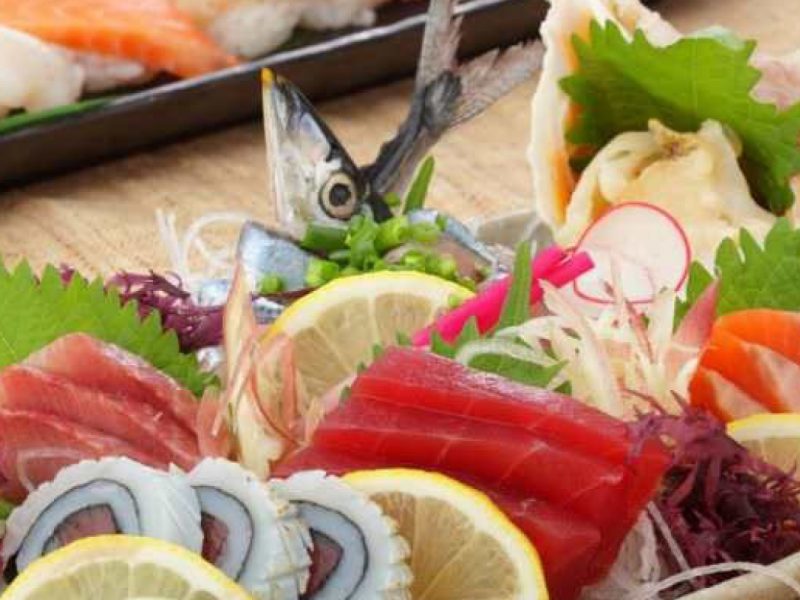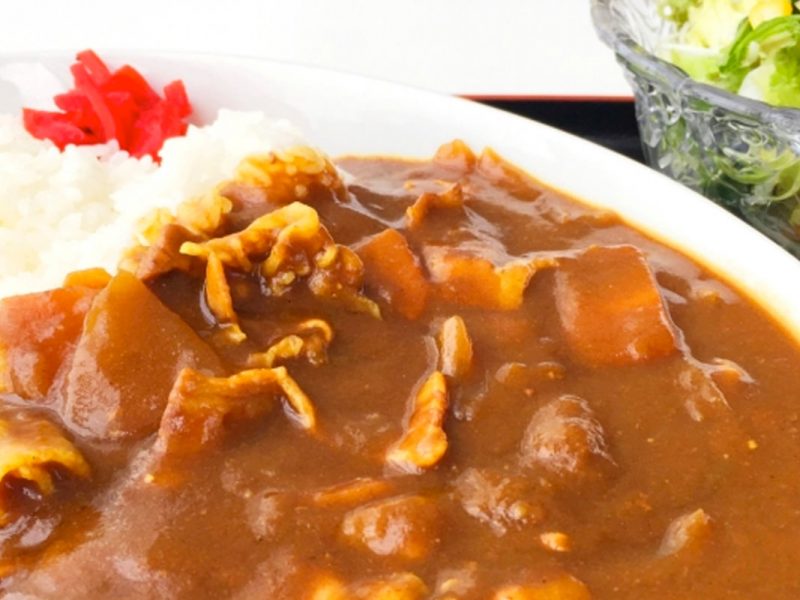It’s no doubt quarantine has got everyone in the kitchen more, and it’s definitely a good time to experiment with different new dishes from different cuisines! We previously published an article about Simple Japanese Recipes to Try at Home (link here if you haven’t already seen it) and so here’s a follow-up on that, but this time it’s for side dishes. These sides can usually be found in restaurants, sometimes in street food stalls, and Konbinis (Japanese convenience stores).
Easy to whip up, with ingredients you probably already have in your pantry. Oh, have I mentioned that Japanese dishes are generally super healthy too?
1. Onigiri (Japanese Rice Balls)
A common Konbini snack that teaches you not to judge a book by its cover! Onigiri usually just looks like plain rice wrapped in seaweed on the outside, but they often have a savoury filling inside. This is probably the main paradigms of a Japanese light meal.
Common ingredients include pickled plum (umeboshi), salmon, soy-sauce flavoured bonito flakes (okaka), tuna and mayo and mentaiko… the list goes on. You can easily make these bad boys by yourself at home. All you need is freshly cooked steamed rice, a few sheets of nori, salt, the filling of your choice and sesame seeds if you’re feeling boujee. You can also wrap them in plastic wrap and keep them for the next few days. Follow the recipe here.
2. Tamagoyaki (Japanese Rolled Omelette)
Tamagoyaki a type of Japanese omelette made by combining several layers of cooked egg together. It is a common Japanese breakfast dish and is served with miso soup, fish, rice and pickled vegetables. Lightly seasoned with mirin and sugar, these layers of egg provide sweetness to the dish, which is what makes it so yummy. You may find Tamagoyaki being sold in street food stalls in Japan as well, where they are usually served on a stick.
You really don’t need a proper rectangular pan to make these soft and fluffy wonders. They can be made in a round pan just fine, although you won’t be aiming for the same shape. All you need for this recipe is 1 egg, sugar and oil. You can even add nori, chopped green onions, ham, cheese or any other ingredients you’d like to spice it up. Follow the recipe here.
3. Japanese Potato Salad
A lighter version of its American counterpart, Japanese potato salads are a combination of roughly mashed potato and veggies and sometimes ham (or bacon!), seasoned with Japanese mayonnaise. It’s often served as a cold dish along with a main in some restaurant, but they can also be enjoyed warm. You can even store it in the fridge for a few days as well and take it out to enjoy as a convenient light snack.
All you need are potatoes, mayonnaise and ingredients of your choice to whip this up in no time. The star of this is probably the Japanese mayonnaise though since Japanese mayo is made primarily from egg yolks, giving it a much thicker, sweeter and richer taste than regular mayo. This is what gives the salad a creamy and crunchy texture… just writing about it makes my mouth water! Follow the recipe here.
4. Miso Dengaku (Japanese Grilled Eggplant)
Miso Dengaku is a Japanese miso glaze that is commonly used with eggplant (nasu), tofu, daikon and konjac (konnyaku). It is a smokey and salty mix, as the nasu is typically sliced in half and grilled before the glaze is generously slathered on top with sesame seeds for the final touch. It’s a dish on many Japanese menus and is surprisingly easy to make at home.
What’s good about this recipe is that, like the teriyaki sauce in the previous article here, you can make a larger batch and keep the rest in the fridge, for whenever you need it again. The trick to making this glaze is getting the timing right so the glaze is perfectly caramelised but not burnt. Follow the recipe here.
5. Negima Yakitori (Grilled Chicken and Scallion Skewers)
Yakitori specifically means grilled chicken, but also refers to grilled skewered food in general. They are typically sold for around 100-200 yen per stick in Yakitori-ya or at street food stalls, where they are cooked over a charcoal grill. There are also two common types of Yakitori seasoning, either salt (shio), or yakitori sauce (tare).
There is a vast array of types when it comes to Yakitori, but the most common variation of is chicken and scallion. Other ingredients include gizzard (hasami), chicken small intestines (shiro), chicken cartilage (nonkotsu) and even chicken heart (kokoro) The sweet flavour of scallion combined with the smoky flavour of the tender chicken and is topped with the caramelised sauce made from soy sauce, mirin, sake and brown sugar. It’s guaranteed to be delightful. Follow the recipe here.
6. Karaage Chicken (Japanese Fried Chicken)
Karaage chicken is an instant crowd-pleaser: juicy tender chicken meat on the inside and a light, crispy shell on the outside. Karaage is actually a cooking technique, which refers to ‘dry frying’. It’s not the healthiest side dish, but it’s super delicious. I mean, who doesn’t love fried chicken?
Karaage chicken can typically be found in izakayas to konbinis, but speciality restaurants also include different marinades such as garlic and ginger. The secret is to double-fry them, firstly, at a lower temperature, then increasing it and frying your chicken again after. Don’t let the frying stop you from trying to cook it though, because these crispy golden bites are so worth it! Follow the recipe here.
7. Spicy Edamame
Edamame is a type of Japanese soybean that is usually lightly boiled in saltwater and served as an appetizer. The regular beans don’t contain much flavour, so this recipe takes things up a notch with garlic, chilli paste and miso. The spicy and salty flavours come together really well, making it a light and easy snack.
All you need is a packet of edamame from the local Asian grocer, garlic, chilli paste and miso. If you can’t take spice, just skip it altogether, the garlic miso paste also makes for a nice touch to the edamame. Follow the recipe here.
8. Teriyaki Tofu
Another quick and easy dish to make is teriyaki tofu. It’s crispy, healthy and incredibly flavourful. You can whip up these teriyaki tofu bites in 3 steps: firstly, by draining the tofu, then coating it in starch and frying, and coating them in teriyaki sauce for the final touch.
If you haven’t already made the 3-ingredient teriyaki sauce mentioned in the previous article here, you can always follow the entire recipe below. Otherwise, just combine your own homemade teriyaki sauce with the tofu and follow the cooking instructions. Follow the recipe here.
These dishes can be enjoyed as light meals, snacks, and sides and perfect when paired with your favourite beer or alcoholic beverage for a chill night at home.









 | Temperature: 12
| Temperature: 12








